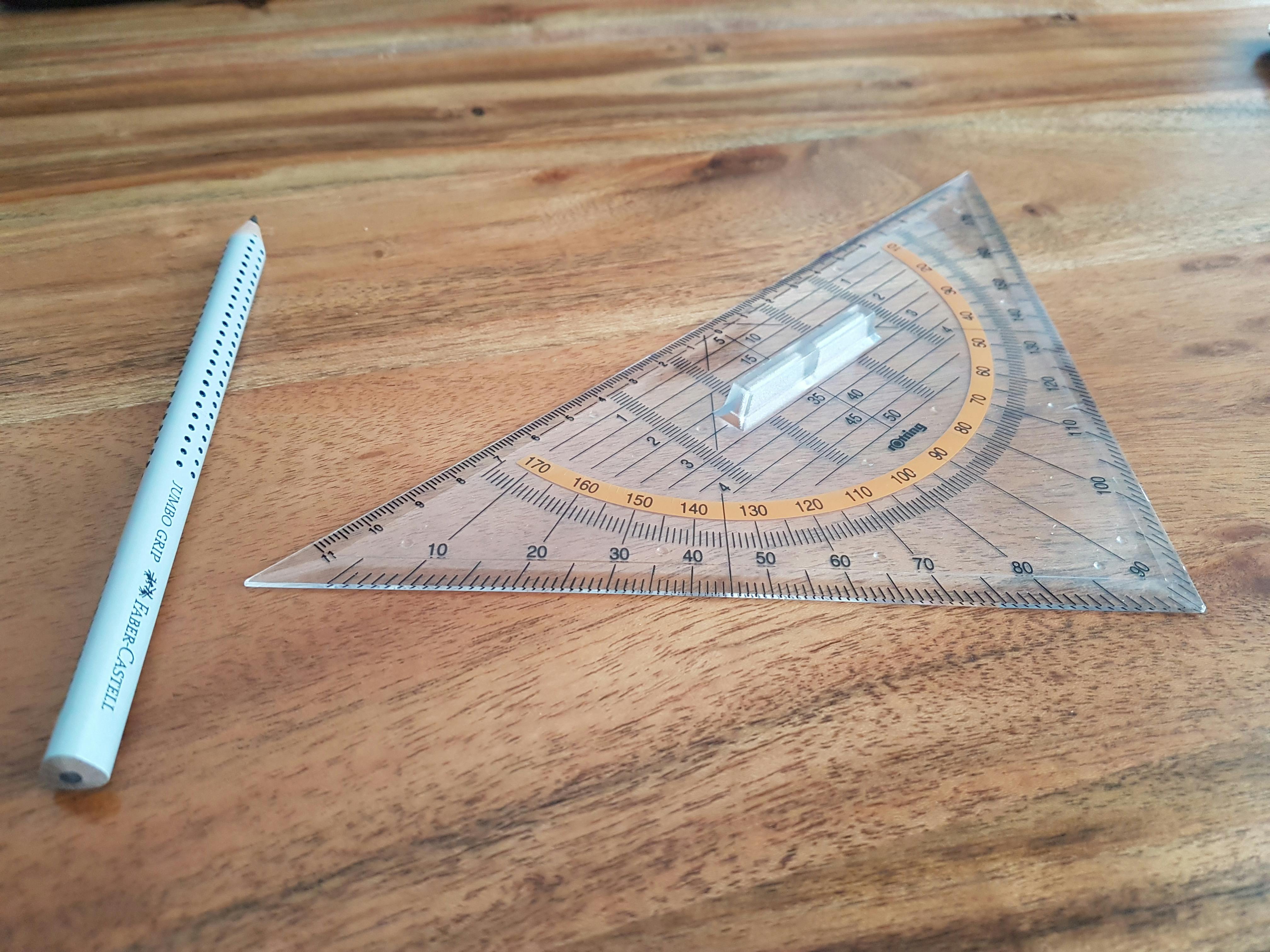Challenges in Learning Geometry and How to Overcome Them
1 comment

Introduction
In our daily lives, geometry is an important part of math that we can't do without. Geometry is used to understand forms and places and to solve hard tasks. However, a lot of students are having trouble with this subject. Why does that happen? Well, geometry is a special kind of math that needs a mix of abstract thought, physical reasoning, and the ability to solve problems. This piece talks about the problems that many students have when they are trying to learn math and gives them real-world ways to fix them.
Understanding Abstract Concepts
One of the biggest hurdles in learning geometry is grasping abstract concepts. Unlike arithmetic, which deals with concrete numbers, geometry often involves intangible ideas like points, lines, and planes. These concepts are difficult to visualize and understand.
Imagine trying to wrap your head around the idea that a line extends infinitely in both directions without ever ending. It's no wonder students find this challenging! To overcome this, visual aids are incredibly helpful. Diagrams, drawings, and physical models make abstract concepts more tangible. Real-life applications, using geometry in architecture or art, help students see the relevance and practicality of what they're learning. Interactive tools and apps that allow for manipulation of geometric figures further enhance understanding.
Utilizing Modern Technology
Technology has revolutionized the way we learn, and geometry is no exception. There are numerous tools and resources available that make learning geometry more interactive and enjoyable. Educational apps and online tutorials offer interactive lessons that can enhance understanding. Students seeking assistance with assignments can benefit from geometry homework help through various online platforms. These tools not only help solve problems but also explain the steps involved, ensuring students understand the process. Additionally, technology can gamify learning, making it more engaging and less daunting. By incorporating these modern tools, students can find new and exciting ways to conquer geometry.
Memorizing Theorems and Formulas
Geometry is packed with theorems and formulas that students need to memorize. However, rote memorization is tedious and ineffective if not accompanied by a deep understanding of the material. For example, knowing the Pythagorean theorem is more useful when you understand why it works and how to apply it.
To aid retention, students use mnemonics or storytelling techniques to make theorems more memorable. For instance, turning a complex theorem into a simple story or rhyme makes it easier to recall. Regular practice is also crucial. By repeatedly solving problems and applying formulas, students reinforce their memory and understanding. Another useful strategy is to relate new information to what they already know, creating a web of interconnected knowledge.
Spatial Reasoning Skills
Spatial thinking is the skill of being able to understand and remember how things fit together in space. It's an important math skill, but a lot of kids find it hard. Students can see forms, change them in their minds, and understand how they work with this skill.
Hands-on tasks are great for students who are having trouble with spatial thinking. Using 3D models or drawing activities helps them understand geometric ideas better. A big part is also played by technology. A lot of software and apps are made to help you improve your spatial skills by letting you learn by doing. For example, virtual manipulatives let students change the forms on a screen, which is both a visible and a physical way to learn.
Problem-Solving and Logical Thinking
Geometry isn't just about knowing shapes and formulas; it's also about solving problems and thinking logically. This aspect of geometry is particularly daunting because it requires students to apply their knowledge in new and often complex ways.
To build strong problem-solving skills, students should practice a step-by-step approach to solving geometric problems. Breaking down a problem into smaller, manageable steps makes it less overwhelming. Engaging with puzzles and logic games sharpens their thinking abilities. Group discussions and collaborative learning provide different perspectives and solutions, fostering a deeper understanding.
Overcoming Math Anxiety
Math anxiety is a real issue that affects many students, making it difficult for them to perform well in geometry. This anxiety stems from a fear of making mistakes, past negative experiences with math, or a lack of confidence.
Recognizing the signs of math anxiety, such as avoidance of math-related activities or physical symptoms like sweating, is the first step toward overcoming it. Positive reinforcement helps build confidence. Celebrating small victories and progress makes a big difference. Stress management techniques, such as deep breathing or mindfulness, help students stay calm and focused. Personalized tutoring offers tailored guidance and support, addressing individual needs and boosting confidence.
The Role of Teachers and Parents
Teachers and parents play a crucial role in helping students overcome challenges in learning geometry. Teachers make lessons engaging by incorporating various teaching methods and providing continuous feedback. Creating a supportive classroom environment where students feel comfortable asking questions is essential.
Parents support their children by encouraging a positive attitude towards math. Helping with homework and showing interest in their progress motivates students. Parents use everyday situations to highlight the importance and fun of geometry, turning it into a shared learning experience.
Conclusion
Learning geometry is challenging, but with the strategies and support, students overcome these obstacles. Understanding abstract concepts, memorizing theorems, developing spatial reasoning, and honing problem-solving skills are all achievable with the right approach. Overcoming math anxiety and leveraging the support of teachers, parents, and technology further enhances the learning experience. With perseverance and the right tools, students master geometry and appreciate its beauty and utility in everyday life. So, keep pushing forward, explore different methods, and remember that every challenge is an opportunity to grow and learn.
Comments